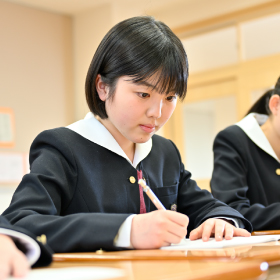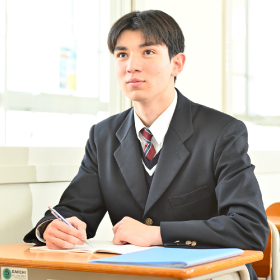November 14th
In the afternoon, the German high school students taking part in the exchange program in Marugame visited Shioya Betsuin to experience a Buddhist ceremony called Hōonkō, dedicated to gratitude and remembrance.
Before this visit, the students had taken two classes at the high school, including a history lesson specifically devoted to the past of Shioya Betsuin. This lesson was taught by Mr. Tamura, a high school teacher specializing in the history of the Shioya Betsuin internment camp, and was attended by Ms. Ōkubo from the Marugame International Exchange Association. There they learned that, during the First World War, the temple served as a camp for German prisoners of war. After the fall in China of the German military base of Tsingtao (Qingdao) in 1914, 4,627 German soldiers were taken prisoner and sent to several camps in Japan; among them, 324 were interned in Marugame, in a camp set up within Shioya Betsuin itself, where they lived for more than two years. Despite the wartime context, they were able to engage in sports and cultural activities, especially music, which helped to foster exchanges between Germany and Marugame. Today, this temple is the only former prisoner-of-war camp building from that period still preserved in Japan, and it remains an important place of remembrance.
At the temple, the students then attended the Shioya Betsuin Hōonkō ceremony. The Hōonkō they attended is one of the most important ceremonies in the Jōdo Shinshū tradition. It is a memorial service during which believers express their gratitude to Shinran Shōnin (1173–1263), the founder of this school, and to the compassion of the Buddha Amida. In concrete terms, the ceremony consisted of a period of reciting Buddhist sūtras and hymns (otsutome) in the hondō, the main hall of the temple.
After the ceremony, the group visited Marugame Castle. There, the students observed the architecture of the castle and its stone walls, while enjoying the panoramic view over the city and the sea. By connecting the temple, marked by the shared history of Japan and Germany, with the castle, a symbol of local history, this day enabled the students to gain a deeper understanding of Marugame’s cultural richness and the value of international exchange.
11月14日
午後、丸亀で交流中のドイツの高校生たちは、感謝と追悼を趣旨とする仏教行事「報恩講」を見学するために、塩屋別院を訪れました。
訪問に先立ち、生徒たちは高校で二つの授業を受け、そのうちの一つは塩屋別院の歴史をテーマにした授業でした。この授業は、塩屋別院の収容所としての歴史を専門的に研究し、高校で教えられている田村先生が担当し、丸亀市国際交流協会の大久保さんも同席してくださいました。その中で、第一世界大戦中、この寺院がドイツ人捕虜収容所として利用されていたことを学びました。1914年、中国の青島(チンタオ)にあったドイツ軍基地が陥落した後、4,627名のドイツ兵が捕虜となり、日本各地の収容所に送られました。そのうち324名が丸亀に送られ、塩屋別院の境内に設けられた収容所で2年以上生活しました。戦時下という状況にもかかわらず、彼らはスポーツや音楽をはじめとする文化活動を行うことができ、これがドイツと丸亀との交流のきっかけにもなりました。現在、この寺院は当時の捕虜収容所としての建物が現存する、日本で唯一の場所であり、貴重な歴史の記憶を伝える場となっています。
塩屋別院では、生徒たちは「塩屋別院報恩講」の法要に参列しました。生徒たちが参加した報恩講は、浄土真宗において最も重要な法要の一つとされています。親鸞聖人(1173〜1263)という宗祖と、阿弥陀如来の慈悲に対する感謝をあらわす追悼法要です。法要では、本堂で経典や御和讃をとなえるお勤めが行われました。
法要の後、一行は丸亀城を訪れました。生徒たちは城や石垣の構造を見学し、町並みや海を一望できる景色も楽しみました。ドイツと日本の歴史的なつながりを持つ塩屋別院と、地域の歴史を象徴する丸亀城の両方を訪れることで、生徒たちは丸亀の豊かな文化と、国際交流の大切さについて理解を深めることができました。
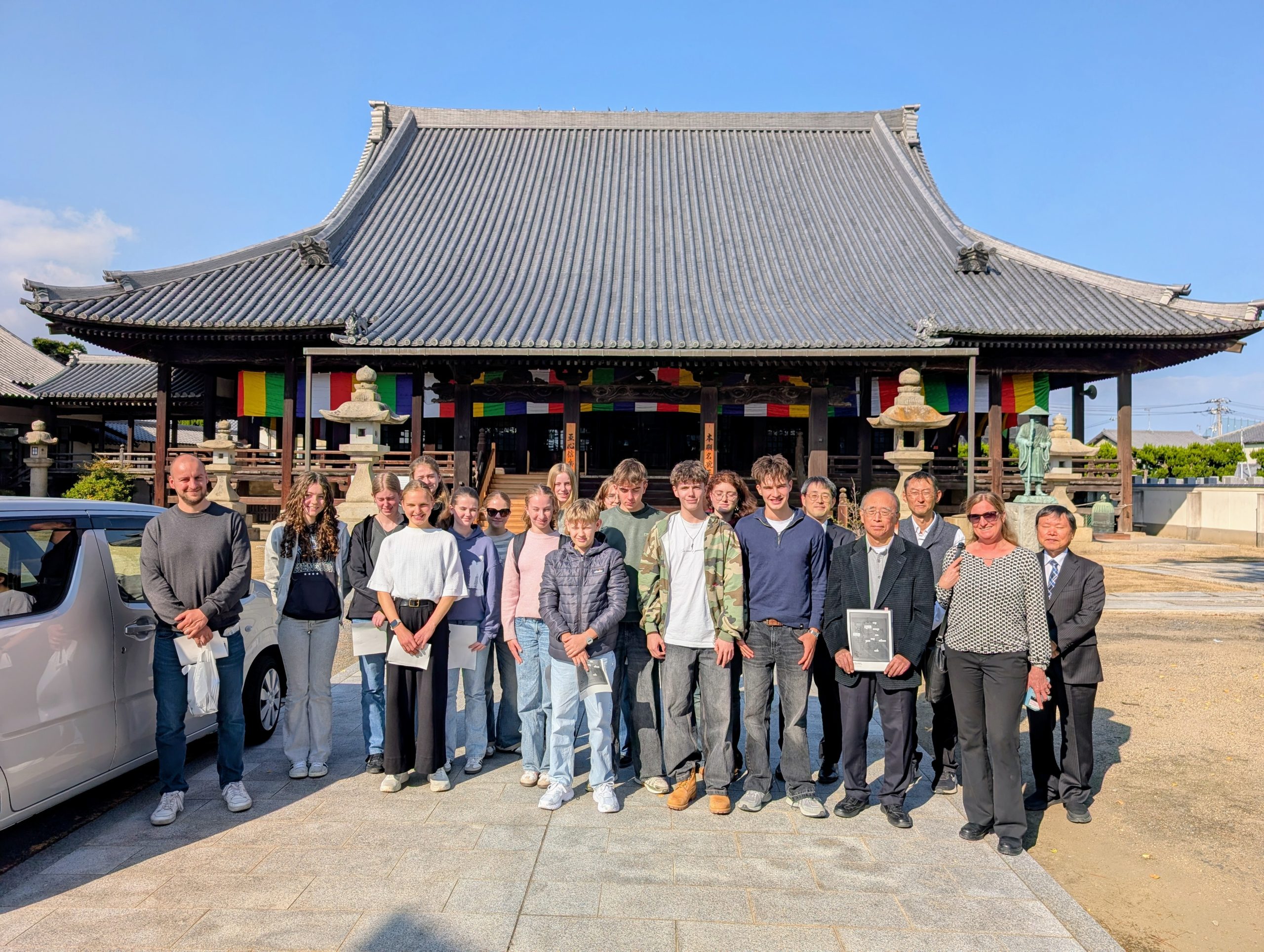

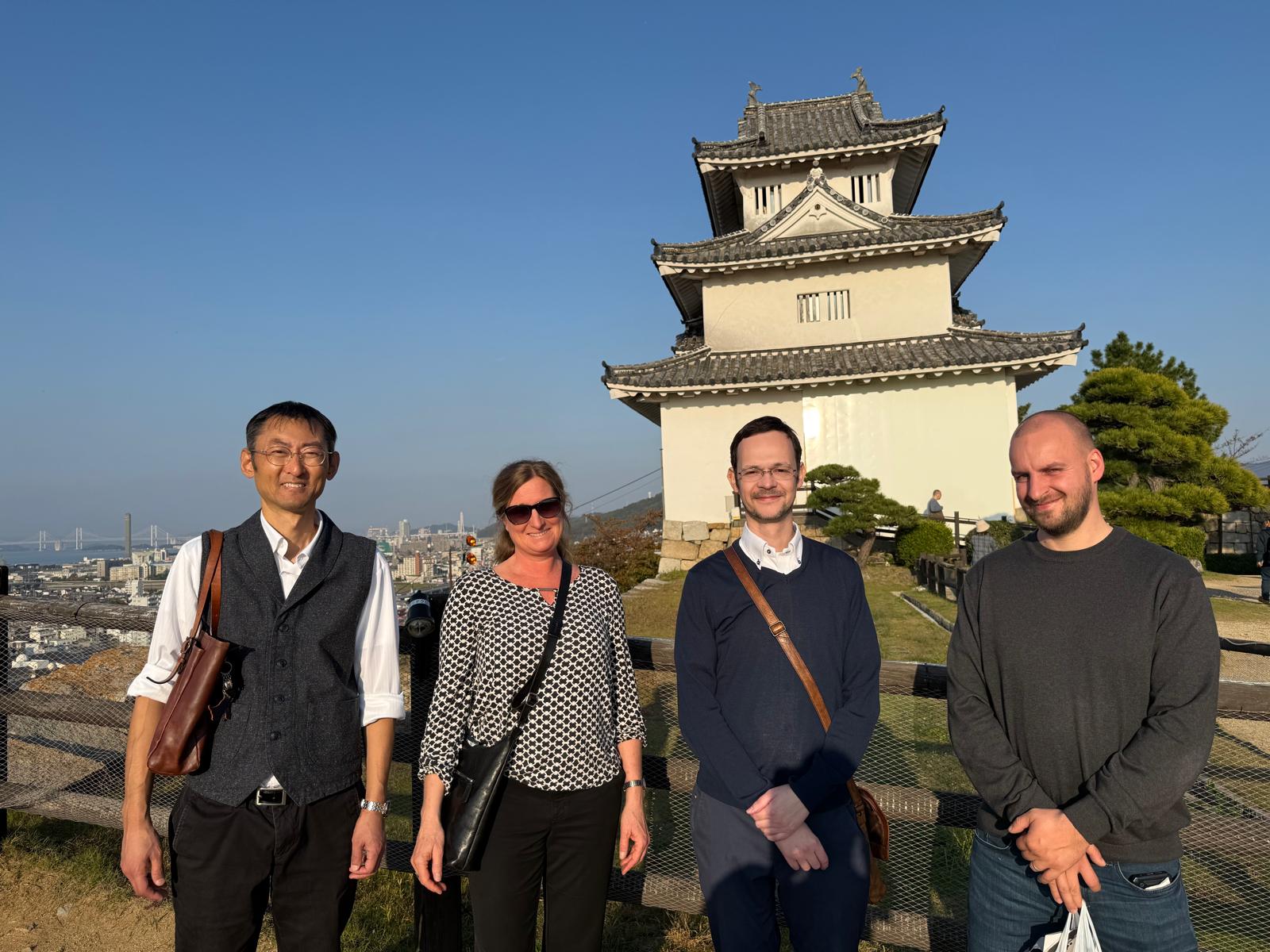
(文責:中学校教員)


.jpg)
.jpg)
.jpg)
.jpg)
.jpg)
.jpg)
.jpg)
.jpg)
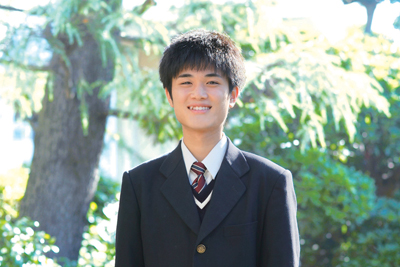
.jpg)

.jpg)
.jpg)
.jpg)
.jpg)
.jpg)
.jpg)
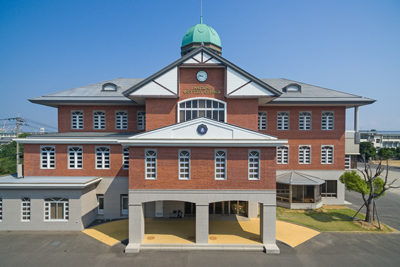
.jpg)
.jpg)
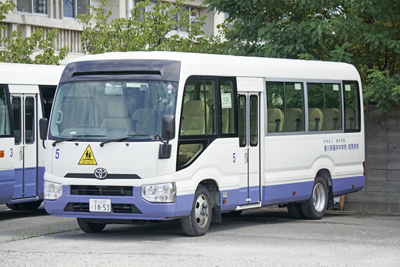
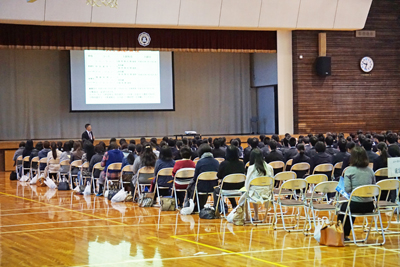
.jpg)
.jpg)



